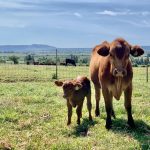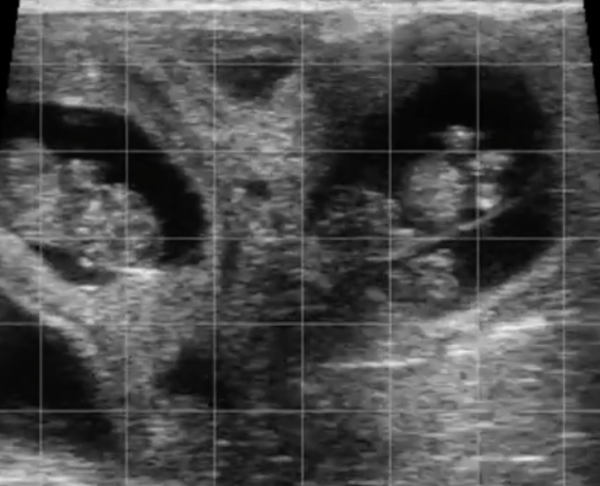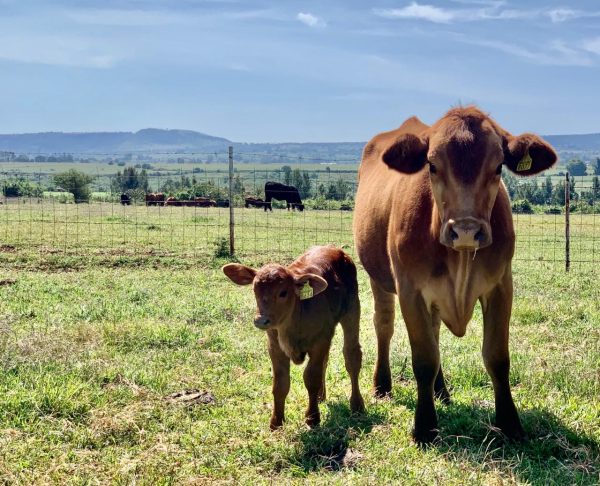Freemartinism is a reproductive condition that occurs in female cattle born as twins to a male. It is a genetic and physiological anomaly that disrupts the normal development of the female’s reproductive organs, rendering her infertile in most cases. This phenomenon significantly impacts reproduction and herd management, making it essential to understand and identify.
How Does Freemartinism Occur?
During twin pregnancies, when one fetus is male, and the other is female, both share the same placenta. This results in a blood exchange between the two fetuses due to shared vascular connections. Consequently, male hormones (androgens) and cells from the male fetus reach the female fetus, altering the development of her reproductive system.
The exposure of the female to male hormones during critical stages of embryonic development causes partial or complete masculinization of her reproductive organs, leading to infertility. The male twin, on the other hand, is usually born without complications.
Characteristics of Freemartinism
Freemartin cattle typically exhibit the following characteristics:
- Underdeveloped reproductive organs: Ovaries may be small or absent, and the uterus is often incomplete.
- Infertility: Most freemartin females are unable to reproduce.
- Masculine traits: Some display physical characteristics or behaviors associated with males.
In many cases, freemartin heifers appear normal at first glance, but their condition becomes evident when they fail to show heat or cannot conceive.
Diagnosing Freemartinism
To confirm whether a twin female is a freemartin, the following techniques can be used:
- Blood or DNA testing: Identifies the presence of male cells in the female.
- Rectal palpation or ultrasound: To evaluate the development of reproductive organs.
- Physical examination: Some freemartin females may have visible anomalies in their external reproductive anatomy.
Impact on Livestock Production
Freemartinism represents an economic loss for producers, as these females cannot be used for reproduction. Therefore, it is crucial to identify them early and repurpose them for other uses, such as fattening or sale.
Conclusion
Freemartinism is an intriguing yet challenging phenomenon in bovine reproduction. If you suspect freemartin females in your herd, early diagnosis is key to effective management.




